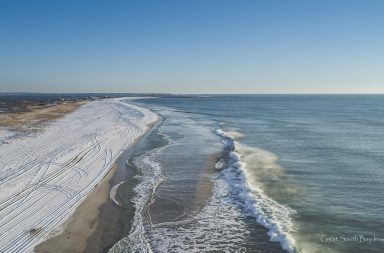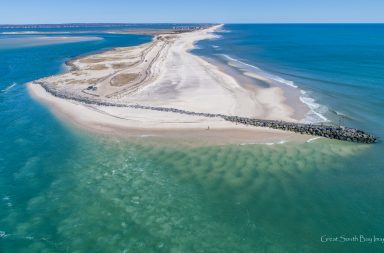It’s Imperative
By Carl LoBue
As the Sr. Marine Scientist for The Nature Conservancy on Long Island, Carl LoBue was struggling with how to effectively communicate alarming scientific findings concerning the health of Long Island’s waters to Long Island’s residents and public servants. So in 2015 he partnered with Patchogue based Red Vault Productions and together they enlisted a dozen Long Islanders to tell their own stories on film. The results are a visually stunning series of 4 minute personal narratives that provide motivation to protect and restore astounding places that are uniquely Long Island.
After Superstorm Sandy I heard many sad stories at community meetings. One moment that stands out was watching the puzzled and disturbed expression on Albany officials’ faces as they listened to a Long Island home-owner explain that even before the storm her family could not run water or flush toilets when it rained or during high tides. Doing so would cause sewage to regurgitate onto the front lawn.
Mastic Beach is most certainly not the only Long Island community with these problems. Residents from other low-elevation communities have confided to me that the same thing happens in their neighborhoods, but they are afraid to admit it publicly. They worry that if people knew that the periodic smell was not really ‘low tide’ it would depress real estate values. They are frightened that if officials find out, the home-owners will be forced to pay for new septic systems, an expense which they simply cannot afford. And so, as more than one mother told me, they nervously try to keep the children off the soggy side of the lawn to prevent them from getting sick.
We chose to film this segment in Mastic Beach, where chronic flooding is not a secret, and where people routinely choose their parking spots based on weather and tides. The day we shot this film there was a pond-sized ‘puddle’ at the end of the street, which we were told had been there for weeks. Crab shells and seaweed lay scattered on the marsh grass lawn of an abandoned home, remnants of a previous high tide. Yet at the same time, we found residents who passionately love their homes and their community. They were eager to be heard. They were, and still are, fighting for solutions to protect the river, protect the bay, and protect their families.



